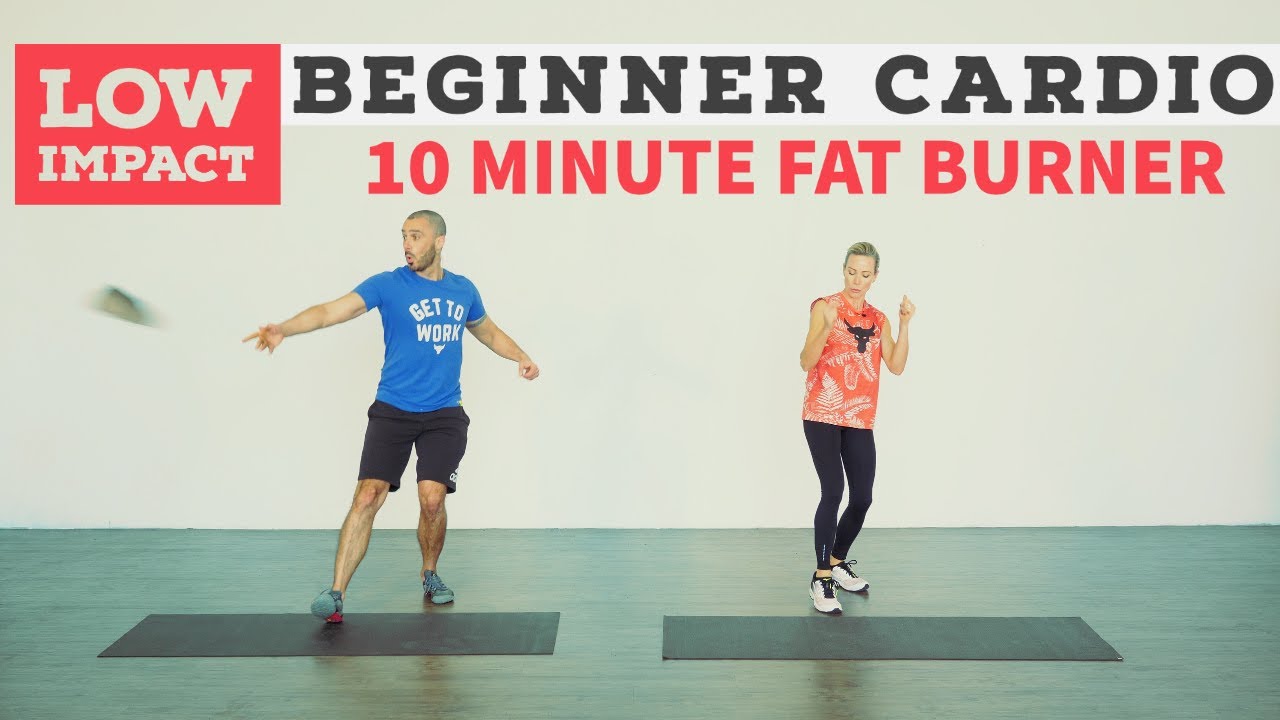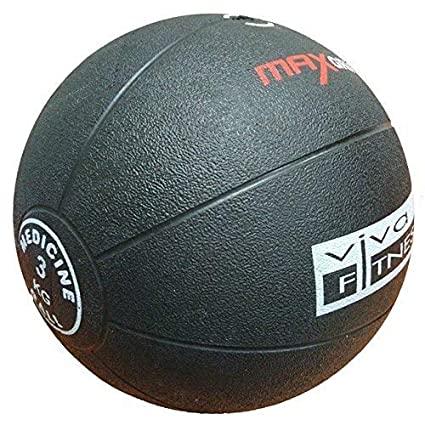
Swimming burns more calories that other forms of exercise. It improves your endurance, builds muscles, and makes you more comfortable sleeping. These are just a few of the many benefits that swimming can bring to your health. You don't have to be convinced? Continue reading. Despite its simplicity, swimming as exercise has many benefits that make it worth a try. Try it out today! For even more benefits, don't forget about the steps in this article!
Swimming burns much more calories than other forms
A new study shows that swimmers burn more calories per hour than other types of exercise. Howard Wainer, a statistician who is also a swimmer, discovered that swimmers are able to burn 25 percent more calories for a longer duration than runners. Swimmers can maintain a high level of intensity while runners tend to slow down with age. In addition, water offers better resistance, resulting in more calories burned during a swimming workout.
This is because swimming pools are lower in temperature than normal, and the body uses more energy to maintain body temperature. Your metabolism is more slow when you're at a lower temperature than in the water. When your body temperature is lower, you are more likely to store fat and trigger the hunger response. This may explain why Olympians have different eating habits during training.
They improve endurance
Swimming endurance is a key component of any swimmer who trains to increase their stamina. Swimmers who have better endurance can swim faster and longer. If you don't train to build your stamina, you may end up injuring yourself or burn out. Learn the strokes and build your swimming endurance. SwimJim has a comprehensive guide for building swimming endurance. It is important to begin small in order to increase your endurance.
Swimming increases endurance. It also uses many muscle groups including the hips. It works the entire body, including the heart and lungs. Many people are unaware that swimming is more beneficial for their heart than any other type of exercise. Jay Dicharry (physicist and author of Running Rewired) has some great advice about how to make swimming part of your fitness regimen. These are some tips to improve your endurance.

They build muscle
Swimming as a muscle-building exercise has many benefits. Swimming is a type of cardio exercise. However, the resistance of water allows for faster muscle building than any other cardio workout. Swimming is an excellent way of increasing your recovery time from intense workouts. This will allow you to train more efficiently and increase your muscle-building abilities. Swimming is a great exercise. However, it's important to select the right kind of pool for you.
Swimmers eat lots of food. Since they train for hours on end, they work up a large appetite. Swimmers need to make sure that their diet includes the correct amount of protein in order for swimming to be effective. This is because protein helps the body repair damaged muscles. Aside from this, amino acids are the building blocks of protein. For muscles to grow back stronger and larger, it is vital to eat enough protein.
They improve sleep
Swimming as exercise can improve sleep quality, regardless of whether you're a insomniac or looking for a workout routine. You can get a restful night by swimming. Your whole body participates in the movement and helps you to fall asleep. Swimming helps you to sleep better. Endorphins are chemicals that promote mood improvement, confidence, and even sleeping. It also relieves stress and tension in your muscles.
A recent study by the National Center for Biotechnology Information found that athletes' sleep deprivation had similar effects to people who are legally impaired. Some tests revealed that the responses were half a second slower. Extreme fatigue can also affect motor function, response times, and overall accuracy. Swimmers who are trying to improve their performance should get more sleep. But how does swimming as exercise improve sleep?
They improve blood pressure
Regular swimming has many benefits. First, water supports healthy circulation. Blood is moved by pressure on the skin. Persons with impaired circulation or edema may also benefit from swimming therapy. Regular swimming helps the body move fluids and increases blood flow to the extremities. In addition, it reduces the risks of heart disease and stroke. Read on to find out more.

While researchers are still trying to figure out the exact mechanism behind swimming's ability to lower blood pressure, several studies have shown that it can be done in adults. Long-term swimming training was a common activity for 499 adults. It is important to note, however, that the BMI Calculator is based on an adult body type, and does not reflect the physiques of children, teens, or athletes.
They reduce waistline
There aren't many studies that have shown swimming or walking to improve your waistline. But swimming can certainly tone the waist. Swimming takes more energy than walking. The resistance to water can also be very high. It's more entertaining and requires more energy than walking. Swimming can be a great way to lose weight. And it can improve your fitness level and overall health. Here are some tips for using swimming as an exercise to tone the waist:
As a complete body workout, swimming can tone the waist and trim the body. Swimming engages every muscle group of the body. Your arms, back and chest muscles will be engaged, as well core and ab muscles. Your legs and glutes will also be involved, as you kick hard. Swimming can tone your stomach and butt. Swimming burns approximately 500 calories an hour.
FAQ
What's a good workout plan for 7 days?
A seven-day exercise program should consist of three days per week of cardiovascular training (running, biking, swimming), two strength exercises (using free weights, weight machines), and one flexibility/core workout (yoga, Pilates). It's essential to do each activity at least once a week. The total time for each session should not exceed 45 minutes.
Cardiovascular Exercises: Running, biking, swimming
Aim to do at least 60 minutes per week of cardio. You can aim for 75 minutes a week for best results. Cardio exercises can increase blood flow and stimulate the growth of muscles.
Strength Training
Cardio exercises target the heart, lungs and muscles. Strength training targets the muscles, tendons and bones. Strength training helps you burn calories even while resting.
Flexibility and core workouts
Your whole body will be stronger if you have flexibility and core training. Yoga and Pilates are both excellent choices.
Which workout is best to build muscle?
Two main types of exercises are required for building muscle mass. These are isolation exercises and compound moves. Isolation exercises target specific muscles while compound moves focus on multiple groups at once.
Choose exercises that test all your major muscle groups to improve your workouts. This ensures you're always pushing yourself during your workouts.
MyFitnessPal, an app that tracks your actions, can be used to help you keep track. It allows you to log everything from calories burned to weight lifting. It also allows you to create meal plans customized for your goals.
Which is the best workout for men?
It depends on what you're looking for. Cardio exercises are great for anyone looking to lose weight.
Strength training, on the other hand, is better if you are looking to increase muscle mass.
Both types have been proven to have benefits for your overall well-being.
If you are looking to lose weight quickly, I recommend HIIT or sprint-interval training. This type helps you burn fat quickly, by increasing your metabolism. It increases your endurance so you can continue training even when tired.
Is it true?
Protein is important for maintaining healthy bones and tissue. However, too much protein can result in calcium excretion through the urine. This can lead to kidney stone formation.
It is important to keep in mind that not everyone will develop kidney stones if they consume more protein than 2 grams per kilogram (2.2lbs). People can eat large amounts of protein and not get kidney stones.
By watching how much sodium you consume, kidney stones can be prevented. The kidneys regulate the amount of sodium they consume. A high level of sodium can increase the risk of developing kidney stone.
If you have kidney stone, you might also consider reducing your protein intake. Protein accounts for about half the daily caloric requirement of most adults. If you cut back on protein, you'll likely lose weight.
If you do decide to eat more protein, don't go overboard. Try to eat less than 20% protein in total calories.
What's a good workout routine for daily?
You must exercise regularly to stay fit. It doesn't matter what type of fitness activity you choose as long as you do it regularly. Consistency is the key. If you want to achieve results, you must stick at it for an extended period.
Start by doing small amounts of daily physical activity (like walking). Gradually increase your exercise time until you are able to spend 30 minutes per day. You could do this by running, swimming, weight training or yoga.
It's important that you get your exercise done every day. You should not miss any sessions unless there is a good reason.
Wear appropriate clothing and footwear when exercising outdoors. Also, consider weather conditions and how they might affect your ability or safety while exercising.
When exercising, ensure you drink lots of water. Avoid alcohol consumption during this time as it can lead to dehydration. Caffeinated beverages such as tea, coffee, and cola should be avoided. They may give you energy, but they will also dehydrate you.
At first, it's normal to feel tired after you finish your exercise routine. Keep going with your workouts and you'll soon feel more energized.
Statistics
- An estimated calorie range for moderately active adult males falls between 2,200 to 2,800 calories per day, depending on age. (eatright.org)
- Get free shipping and 25% off today. (healthline.com)
- Cardmembers earn 5% Back at Amazon.com with a Prime Credit Card. (amazon.com)
- Candidates and applicants must pass all four tests at 70% (minimum level) to graduate from Basic Deputy U.S. Marshal (BDUSM) Training. (usmarshals.gov)
- Are You One of the 20% of Guys (mh.co.za)
External Links
How To
What nutrients does a man require daily?
Daily nutrition is essential for men's healthy growth. Vitamins, minerals, vitamins, nutrients, carbohydrates, fats and fiber are all essential for the body.
You also need specific nutrients for different times in the day. You can see that your body uses energy to make hormones. When you wake up, your body uses protein to repair damaged tissue and build muscles.
Your body burns fat at night and stores it as energy as glycogen. Your body will still need nutrients, but it will require fewer calories during this time. If you feel hungry, you may consider having a snack during the evening.
Working out requires adequate carbohydrate and protein intake. You may feel sore muscles if you exercise hard.
To prevent this from happening, you need to consume carbs or protein within two hours. Your body will breakdown stored glycogen and provide you with glucose for energy.
After your workouts, you should eat protein immediately. This prevents muscle tissue loss that happens while you sleep.
Lactic acid is produced by the body during periods of intense exercise. The body produces lactic acid when there is too much activity. This can cause fatigue. You can avoid this by eating carbohydrates-rich foods like fruits and veggies.
Carbohydrates provide energy for your body to recover after strenuous exercise.
A healthy diet should include lean meats such as fish, eggs and milk, cheese, yogurts, beans, seeds, nuts, and beans.
All of these foods have high-quality protein. Protein promotes muscle growth, and helps repair damaged tissues. It also provides the amino acids your body needs to produce sex hormones and testosterone.
For healthy skin, hair and joints, it is important to eat enough fats. Healthy men need between 20% - 35% of the total caloric intake to be fat.
Fat can help keep your heart healthy and protect you from cancer. Your brain also functions properly thanks to fat.
Vegetable oils such as sunflower oil and soybean oil can provide most of your fat needs.
These oils are high-in monounsaturated, unsaturated fatty acid (MUFAs). MUFAs can lower cholesterol levels and reduce inflammation. They also protect your cells from damage caused by free radicals.
Saturated fats (SFAs), are found mainly in animal products such as meat, milk products, and butter. SFAs can increase LDL ("bad") cholesterol as well as triglycerides. They also promote weight gain and belly fat.
Plant-based oils such as vegetable oil, nuts, seeds, or grains are rich in polyunsaturated fats (PUFAs). PUFAs help improve cardiovascular function, and lower inflammation. They help to control blood sugars and cholesterol.
Erectile dysfunction is common in men with low HDL ("good") cholesterol. Saturated fats are a major source of bad cholesterol. This lowers good cholesterol.
Because of the high levels of nitrates in red meat and pork, men with prostate problems may eat more of them. When cooked at high temperatures, nitrates can be converted to nitrosamines. These compounds can lead to cancer.
Most processed meats contain nitrites or other harmful chemicals. These chemicals should be avoided.
The American Heart Association recommends that you limit your intake of red meat to 2 per week. Instead, choose poultry and fish, legumes, tofu or whole grain bread as your main source of protein.